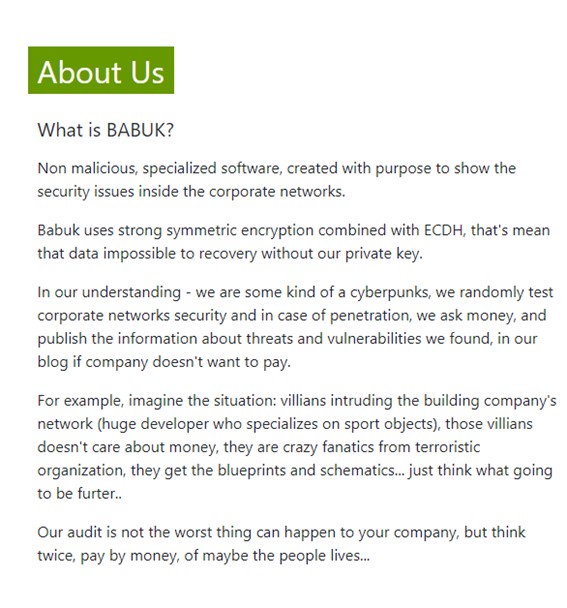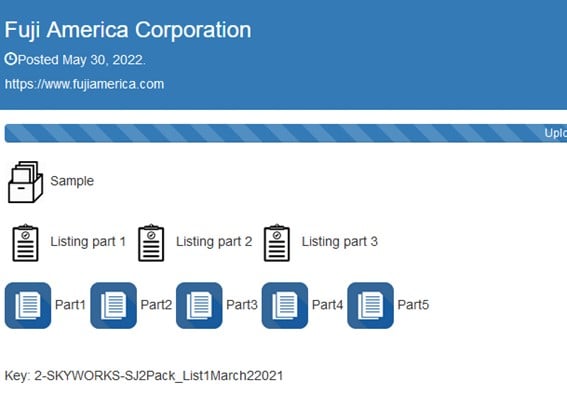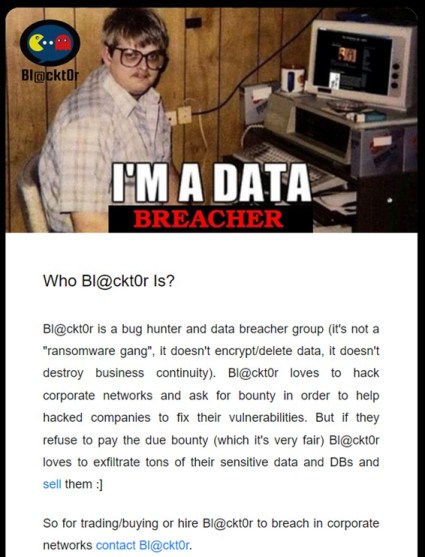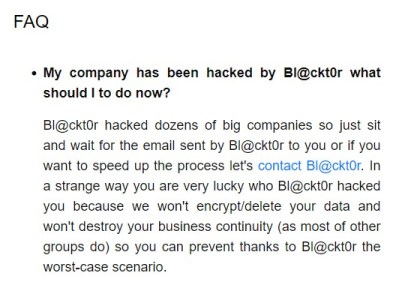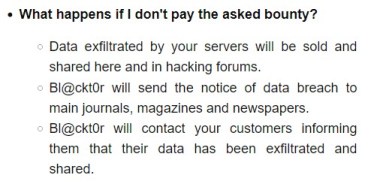Summer holidays are here and its time for almost all of us to take a well-deserved break. The activity of most companies is drastically reduced, although there are also others that follow the cliché of “making a killing” by multiplying their volume of activity in the summer months. In both cases, having fixed and inflexible IT resources means either wasting resources in the first case or failing to cover needs in the second.
In other words, in summer, the greatest benefit of Cloud technology is particularly evident: making it easier for companies to adapt to peaks in demand, since with Cloud you only pay for what you actually consume.
Therefore, if you need less storage or processing capacity, you will pay less for it, while if you need to temporarily reinforce resources, it is very easy to make them available quickly. It is estimated that with good planning of IT resource needs, you can save up to 15% on your IT resource bill during the summer months.
Good planning of IT resource needs in the summer months can save up to 15% on IT bills with Cloud technology
But one thing is for business activity to slow down in the summer; however, it is quite another for it to come to a complete halt. Those” closed for the holidays ” days are long gone.
Now, even if offices are half-empty, companies continue to sell and provide services to their customers thanks to the use of email, e-commerce, especially from mobile phones during the summer, downloads of apps of all kinds and backup services.
Therefore, the continuity of business processes has to be ensured in summer just like during the rest of the year, and this is where Cloud Computing comes into play once again, as the data centres that house these processes are designed to overcome any unforeseen event (excessive heat, power cuts…) and are also constantly monitored and managed 24 hours a day, every day of the year to be able to deal with any incident that may arise in real time because the SLAs for cloud services are just as strict in summer as in any other month of the year.
Cloud technology to access the workplace from any location (if necessary)
Cloud Computing is part of the daily routine in many companies. Nowadays, planning an emergency solution to cover staff holidays makes no sense at all.
On the contrary, business processes should be scheduled in advance so that they are easy to manage even during the holidays, allowing tasks to be delegated or alerts to be included so that important events are not overlooked.
And although holidays are for disconnecting, everyone has to keep an eye on their email or resolve a small issue that may arise from the beach. The ease of teleworking from anywhere is another of the advantages of the Cloud, given that thanks to SaaS (Software as-a-Service) applications it is possible to use the same tools that you have at your fingertips in the office with the simple requirement of having an internet connection.
Actions such as checking the status of an important order, authorising an operation or checking the receipt of an invoice can be carried out without any problem from our place of holiday if required.
Peaceful holidays thanks to the Cloud
In short, Cloud Computing remains open during the holidays, even if the level of activity decreases, making it easier to maintain that activity even when half the company is away from its workstations. It also makes costs more flexible because the bill for cloud services will be lower if they are used less.
In other words, we can peacefully go on holiday… and continue using cloud-based services such as language translation services, map downloads, navigation applications, streaming of all kinds of content, book downloads and the always-recommended backups so as not to lose those wonderful photos we take in the summer…
So let’s enjoy the holidays with the peace of mind of knowing that the business will continue to function thanks to the cloud and that the data will still be there in case we need to access it.




